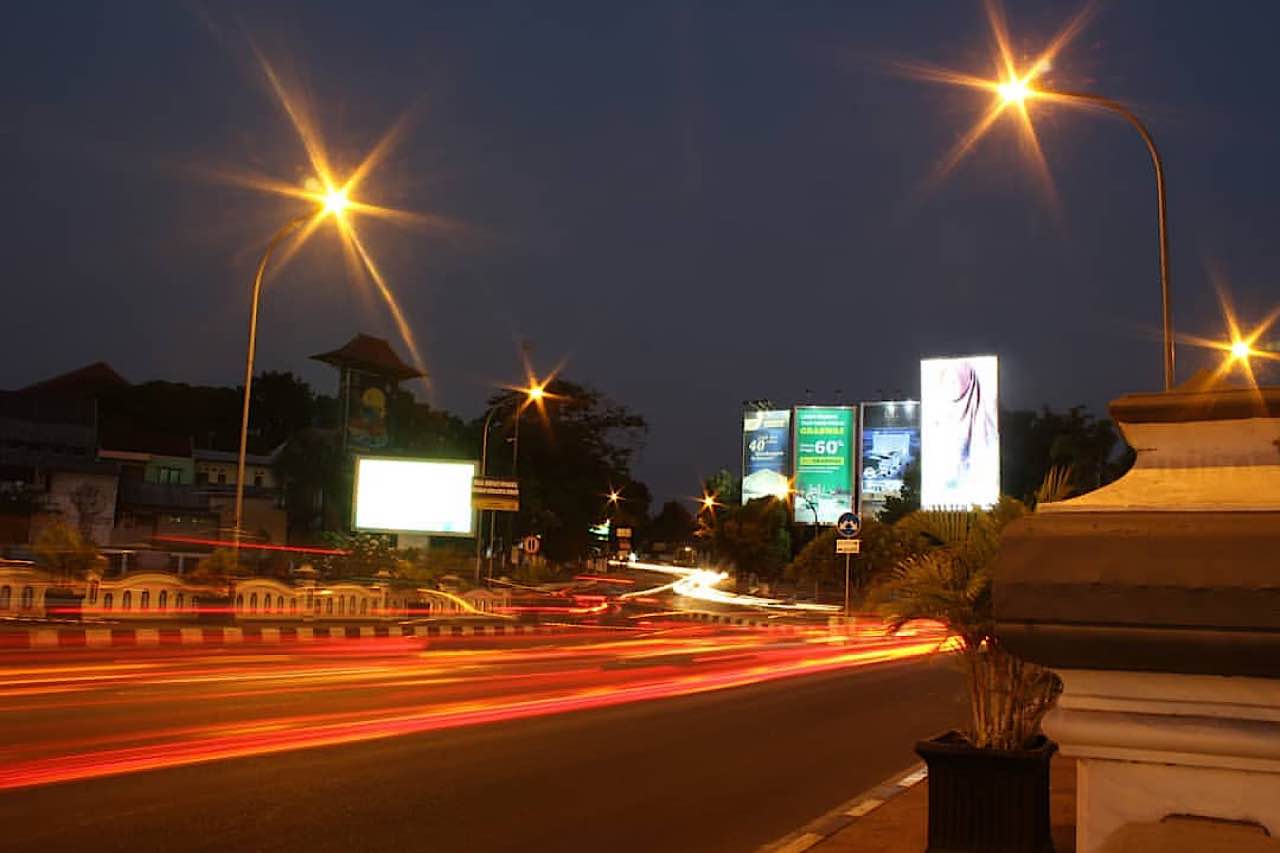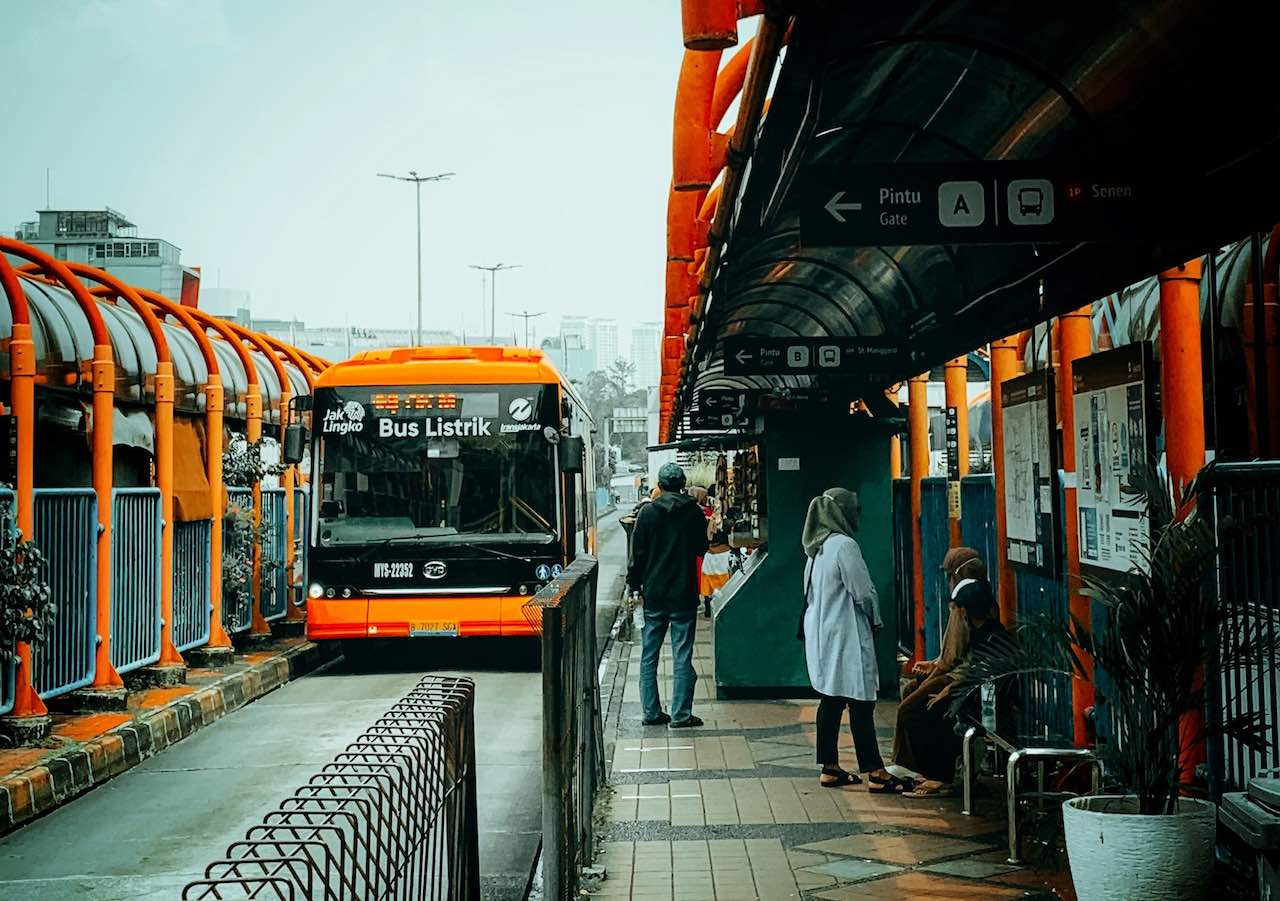
Wednesday, 4 Jun 2025

Transit advertising and traditional billboards have long been staples of out-of-home (OOH) advertising, but in the dynamic and rapidly urbanizing Indonesian market, the effectiveness of these mediums can vary significantly. As cities like Jakarta, Surabaya, and Bandung continue to grow, businesses must choose the right advertising strategies to capture the attention of their target audience. In this article, we will delve deep into the strengths, weaknesses, and unique opportunities of transit advertising compared to traditional billboards in Indonesia.
Indonesia, with its vast archipelago and diverse population, presents a unique challenge for advertisers. The urban centers are bustling with activity, traffic congestion is a daily reality, and public transportation plays a crucial role in daily commuting. These factors create an environment where OOH advertising can thrive, but the choice between transit ads and traditional billboards depends on understanding the nuances of the local market.
Transit Advertising: Transit ads are strategically placed on buses, trains, and other forms of public transportation, making them highly visible to a captive audience. In cities like Jakarta, where millions rely on public transportation, transit ads have the potential to reach a broad demographic, including daily commuters, students, and working professionals.
These ads often stand out due to their placement in high-traffic areas and can be seen repeatedly by the same individuals, reinforcing brand messages over time. Moreover, transit ads have the added advantage of mobility, reaching different neighborhoods and areas, expanding the advertiser's reach.
Traditional Billboards: Traditional billboards, typically positioned along busy roads and highways, offer broad visibility to motorists and pedestrians. In Indonesia, where traffic congestion is common, billboards can capture the attention of drivers and passengers stuck in traffic. However, the audience engagement can be limited as viewers may only see the ad briefly, depending on their speed and traffic conditions.
Billboards are stationary, which means they can only reach a specific location's audience. This can be an advantage if targeting a particular neighborhood or area but may limit the overall reach compared to transit ads.
Transit Advertising: Transit ads can be cost-effective, especially for campaigns targeting specific routes or areas. The cost of transit advertising often depends on the type of vehicle (e.g., buses, trains) and the duration of the campaign. In some cases, transit ads can offer more value for money due to their mobility and repeated exposure to the same audience.
For small and medium-sized enterprises (SMEs) in Indonesia, transit ads can be an affordable way to achieve widespread visibility without the higher costs associated with prime billboard locations.
Traditional Billboards: The cost of billboard advertising in Indonesia varies depending on the location, size, and visibility of the billboard. Prime locations in city centers or along major highways command higher prices. While traditional billboards can offer significant exposure, the cost can be prohibitive for smaller businesses with limited budgets.
However, for larger corporations with the budget to invest in premium locations, billboards can deliver a powerful, high-impact advertising message.
Transit Advertising: Transit ads offer unique creative opportunities due to the variety of formats available, such as full bus wraps, train station displays, and in-vehicle ads. Advertisers can use these formats to create eye-catching and memorable campaigns that stand out in a crowded urban environment.
Additionally, digital screens on buses and trains are becoming more common in Indonesia, allowing for dynamic and interactive ads that can be updated in real-time.
Traditional Billboards: While traditional billboards offer a large canvas for creative expression, they are typically static and may not allow for the same level of engagement as digital transit ads. However, billboards remain a powerful medium for impactful visuals and clear, concise messaging.
Digital billboards, which are becoming more prevalent in major Indonesian cities, provide some flexibility by allowing advertisers to change their messaging quickly and even run multiple ads in rotation.
Transit Advertising: One of the strengths of transit advertising is its ability to target specific areas and demographics. For example, advertisers can choose routes frequented by certain age groups, income levels, or occupations. This makes transit ads particularly effective for localized campaigns or for businesses looking to target a specific segment of the population.
Traditional Billboards: Billboards, by nature, are less targeted and rely more on broad visibility. However, they can be strategically placed in areas that align with the advertiser's target audience, such as near shopping centers, business districts, or entertainment venues.
In Indonesia, where regional differences can be significant, the ability to localize advertising is crucial. Billboards in Jakarta may need to convey a different message than those in Bali or Sumatra, depending on cultural and regional preferences.
Transit Advertising: Measuring the effectiveness of transit ads can be challenging but not impossible. Tools such as QR codes, promo codes, and social media engagement can help track the success of a campaign. Additionally, surveys and studies can provide insights into how well the ad resonated with the audience.
Transit ads often rely on repeated exposure, making it essential to consider long-term brand recognition and recall when evaluating effectiveness.
Traditional Billboards: Traditional billboards are also difficult to measure directly, but methods like traffic counts, location-based data, and customer feedback can provide valuable metrics. Digital billboards can offer more precise data, such as the number of impressions and interaction rates.
For both mediums, the key is to integrate OOH advertising with digital campaigns to enhance tracking and measurement.
Transit Advertising: As Indonesia continues to focus on sustainability and reducing environmental impact, transit advertising offers a greener alternative. By utilizing existing public transportation infrastructure, transit ads reduce the need for additional materials and resources. This aligns with growing consumer preferences for environmentally conscious brands.
Traditional Billboards: While traditional billboards are a more established form of advertising, they can be seen as contributing to visual clutter, especially in already crowded urban environments. However, advancements in eco-friendly materials and digital technology are helping to mitigate these concerns.
Both transit advertising and traditional billboards offer unique advantages for advertisers in Indonesia, but the choice between the two depends on several factors, including budget, target audience, and campaign objectives.
Transit Advertising is ideal for reaching a mobile, urban audience, offering flexibility and repeated exposure. It is particularly effective for localized campaigns and businesses looking to engage with daily commuters.
Traditional Billboards provide broad visibility and a large canvas for impactful messages, making them suitable for high-profile campaigns with a wider reach.
Ultimately, a successful OOH advertising strategy in Indonesia may involve a combination of both transit ads and billboards, leveraging the strengths of each to maximize brand visibility and engagement in this diverse and dynamic market.

Lestari Ads Agency - PT Lestari Dev Solusindo
Lestari Ads is a leading out-of-home media company with the largest network in Indonesia. We believe the world is a canvas. Every advertisement is an opportunity to inspire, engage, and transform public spaces. We continuously push boundaries in Out-Of-Home (OOH) advertising, changing the way brands interact with audiences beyond the digital screen, bringing stories to life where people live, move, and connect.
The most trusted OOH advertising agency in Indonesia
Experience the top of visibility with Indonesia's leading out-of-home (OOH) advertising agency. We specialize in turning the urban landscape into a dynamic canvas for your brand, crafting compelling narratives that capture the imagination of millions. Our mastery over strategic placements and innovative formats ensures your message not only reaches, but resonates with a diverse and expansive audience. With a proven track record of delivering high-impact campaigns across Indonesia's bustling cities and beyond, we redefine what's possible in OOH advertising.
Find the best quality billboard advertising space with variety of size and dimension
out-of-home advertising, digital billboards, traditional billboards, transit advertising, street furniture advertising, outdoor signage, digital ooh, led billboards, static billboards, large format advertising, advertising displays, ooh media, advertising billboards, outdoor digital screens, urban advertising, roadside billboards, digital signage, retail advertising, poster advertising, mobile billboard advertising, digital transit ads, interactive ooh, airport advertising, mall advertising, cinema advertising, sports venue advertising, digital outdoor advertising, public transportation ads, taxi advertising, bus shelter ads, pedestrian advertising, advertising kiosks, outdoor media solutions, billboard marketing, ooh advertising strategies, ooh media planning, digital billboard solutions, smart billboard advertising, contextual ooh ads, geotargeted ooh ads, location-based ooh, smart outdoor ads, programmatic ooh, data-driven ooh, brand awareness billboards, large-scale ooh campaigns, outdoor advertising effectiveness, billboard design, high-traffic billboard locations, hyperlocal ooh, street-level ooh, public transit advertising, ooh campaign management, outdoor digital displays, media buyers ooh, roadside digital ads, metro station advertising, shopping center ads, ooh advertising trends, outdoor media buying, bus wrap advertising, illuminated billboards, building wrap advertising, branded outdoor advertising, billboard networks, freeway advertising, expressway billboards, train station advertising, out-of-home advertising campaigns, event-based ooh ads, ooh media buying strategies, proximity-based ooh, national ooh campaigns, city-wide ooh advertising, large-scale outdoor campaigns, integrated ooh solutions, ooh digital networks, smart city advertising, mobile billboard solutions, dynamic outdoor ads, highway billboard advertising, ooh media optimization, digital out-of-home screens, high-impact ooh ads, retail digital signage, interactive billboard advertising, regional ooh advertising, local outdoor advertising, consumer engagement ooh, brand visibility outdoor ads, targeted billboard advertising, digital advertising screens, urban billboard advertising, weather-triggered ooh ads, motion sensor billboards, flexible ooh solutions, sustainable outdoor advertising, renewable energy billboards, solar-powered billboards, ooh for small businesses, outdoor brand activations.
Frequently Ask Questions
About Us

